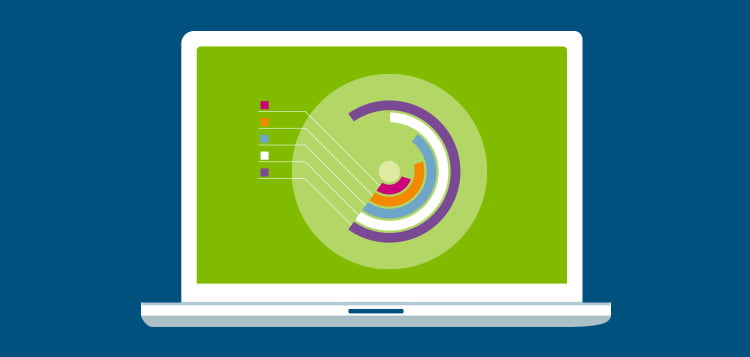The Evolution Of Web Site Layout: From Past To Present
The Evolution Of Web Site Layout: From Past To Present
Blog Article
Content By-Pappas Hejlesen
In the past, sites were simple and concentrated on information. Navigating was direct, and layout was for desktops. Now, customer experience is essential. Data guides styles for easy navigation. Receptive designs fit various devices. Today, dark mode reduces stress, and minimalist menus improve navigation. Interactive functions engage customers, and strong visuals attract attention. AI integration boosts engagement. See just how style has developed to boost your on-line journey.
Very Early Days of Web Design
In the very early days of website design, simplicity preponderated. Web sites were fundamental, with restricted colors, typefaces, and formats. The emphasis was on offering details instead of showy visuals. Users accessed the net through slow dial-up links, so speed and performance were vital.
Navigation menus were straightforward, typically located on top or side of the web page. Websites were developed for desktop computers, as mobile browsing wasn't yet prevalent. Content was king, and developers prioritized easy readability over intricate layout components.
HTML was the primary coding language made use of, and designers needed to function within its restraints. Computer animations and interactive attributes were marginal contrasted to today's requirements. Web sites were static, with little vibrant content or individualized customer experiences.
Increase of User-Focused Layout
With the evolution of site layout, a change towards user-focused design concepts has actually come to be progressively prominent. Today, producing sites that focus on customer experience is vital for engaging site visitors and accomplishing service goals. User-focused style entails understanding the requirements, choices, and actions of your target audience to customize the website's design, material, and includes appropriately.
Designers now conduct comprehensive research, such as individual surveys and functionality testing, to gather insights and responses directly from customers. This data-driven approach assists in producing instinctive navigating, clear calls-to-action, and aesthetically enticing user interfaces that resonate with visitors. By positioning the customer at the facility of the style process, internet sites can provide a much more tailored and delightful experience.
Responsive design has actually additionally emerged as a crucial facet of user-focused layout, ensuring that internet sites are enhanced for numerous tools and display sizes. This versatility improves ease of access and usability, dealing with the varied ways customers communicate with internet sites today. Essentially, the rise of user-focused layout symbolizes a change towards creating digital experiences that prioritize the needs and expectations of the end individual.
Modern Trends in Web Design
Check out the most up to date patterns shaping website design today. One prominent trend is dark setting style, providing a smooth and modern-day look while reducing eye strain in low-light atmospheres. An additional crucial pattern is minimal navigating, streamlining food selections and improving customer experience by focusing on essential elements. Including micro-interactions, such as animated buttons or scrolling results, can develop a much more appealing and interactive site. https://www.google.com/maps/place/Moon+and+Owl+Marketing/@32.9757271,-106.5344695,1840583m/data=!3m1!1e3!4m6!3m5!1s0x864ddeaa4179705b:0x488d41d2cc6b9750!8m2!3d32.9757271!4d-97.5696258!16s%2Fg%2F11b6mpccrg?entry=ttu&g_ep=EgoyMDI1MDIxMS4wIKXMDSoJLDEwMjExNDUzSAFQAw%3D%3D remains crucial, making certain smooth user experiences throughout numerous gadgets. Furthermore, using vibrant typography and asymmetrical formats can include visual passion and accentuate specific content.
Integrating AI technology, like chatbots for customer assistance or customized referrals, boosts user engagement and simplifies processes. Access has also come to be a considerable pattern, with developers focusing on inclusive style methods to accommodate varied customer demands. Accepting sustainability by optimizing website performance for rate and effectiveness is an additional emerging pattern in website design. Working together with individual feedback and data analytics to iterate and enhance design continuously is crucial for staying relevant in the ever-evolving digital landscape. By accepting these modern-day patterns, you can develop a visually attractive, straightforward internet site that resonates with your audience.
Verdict
As you review the development of site layout from the very early days to now, you can see exactly how user-focused layout has actually become the driving force behind contemporary trends.
Welcome the journey of modification and adjustment in website design, constantly keeping the user experience at the leading edge.
Keep existing with the most up to date patterns and technologies, and never stop advancing your approach to develop visually spectacular and user-friendly internet sites.
Develop, adjust, and create - the future of website design remains in your hands.
